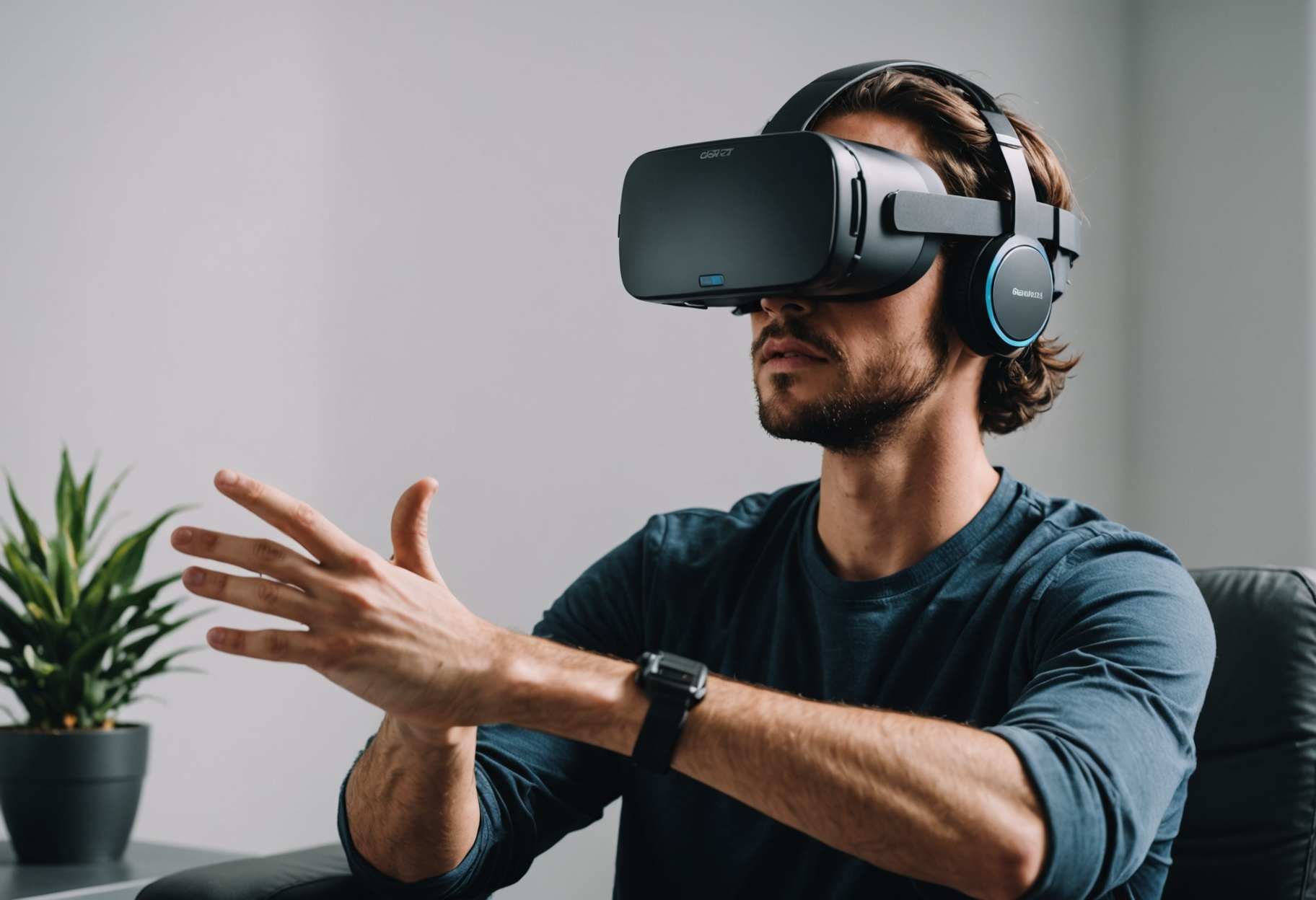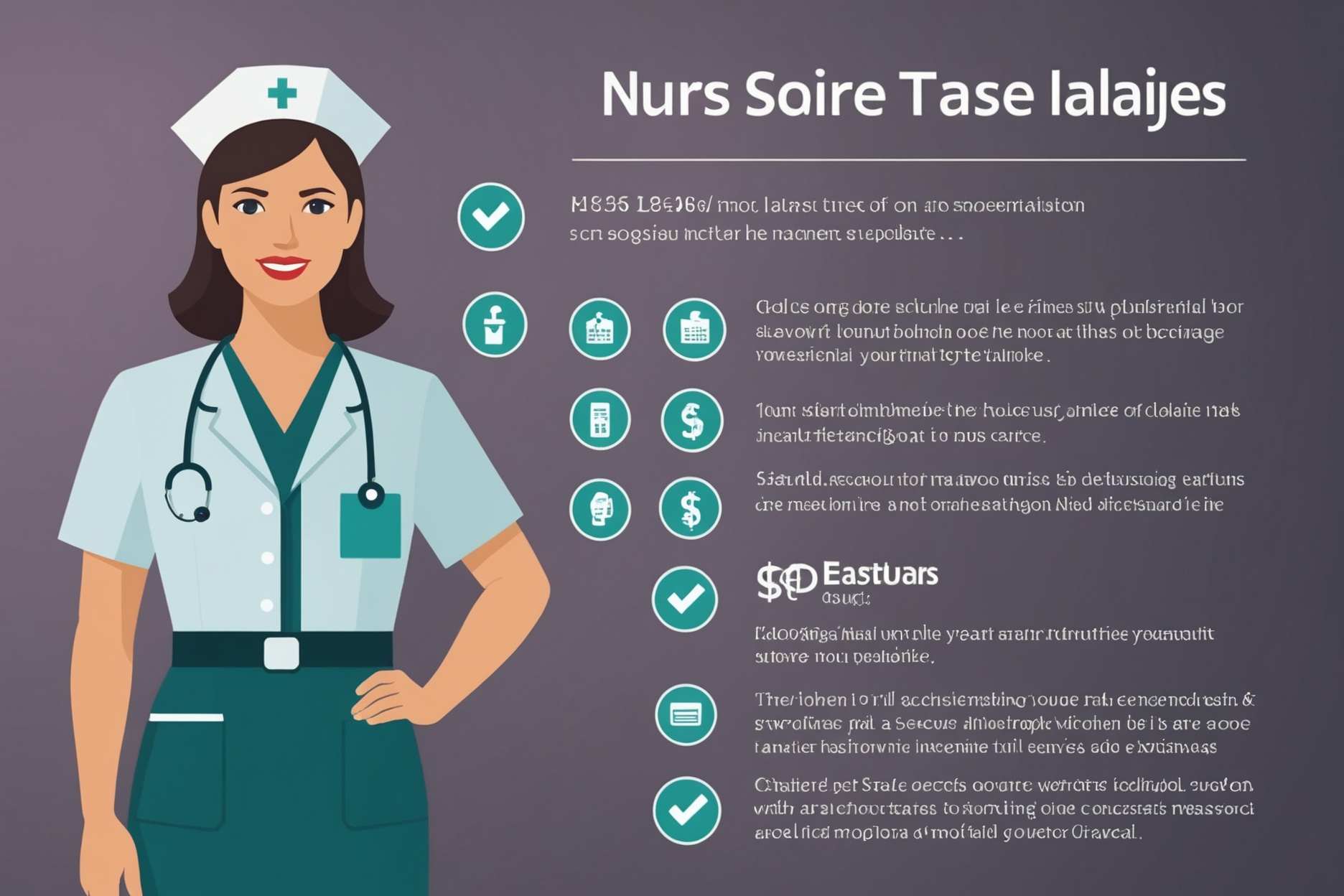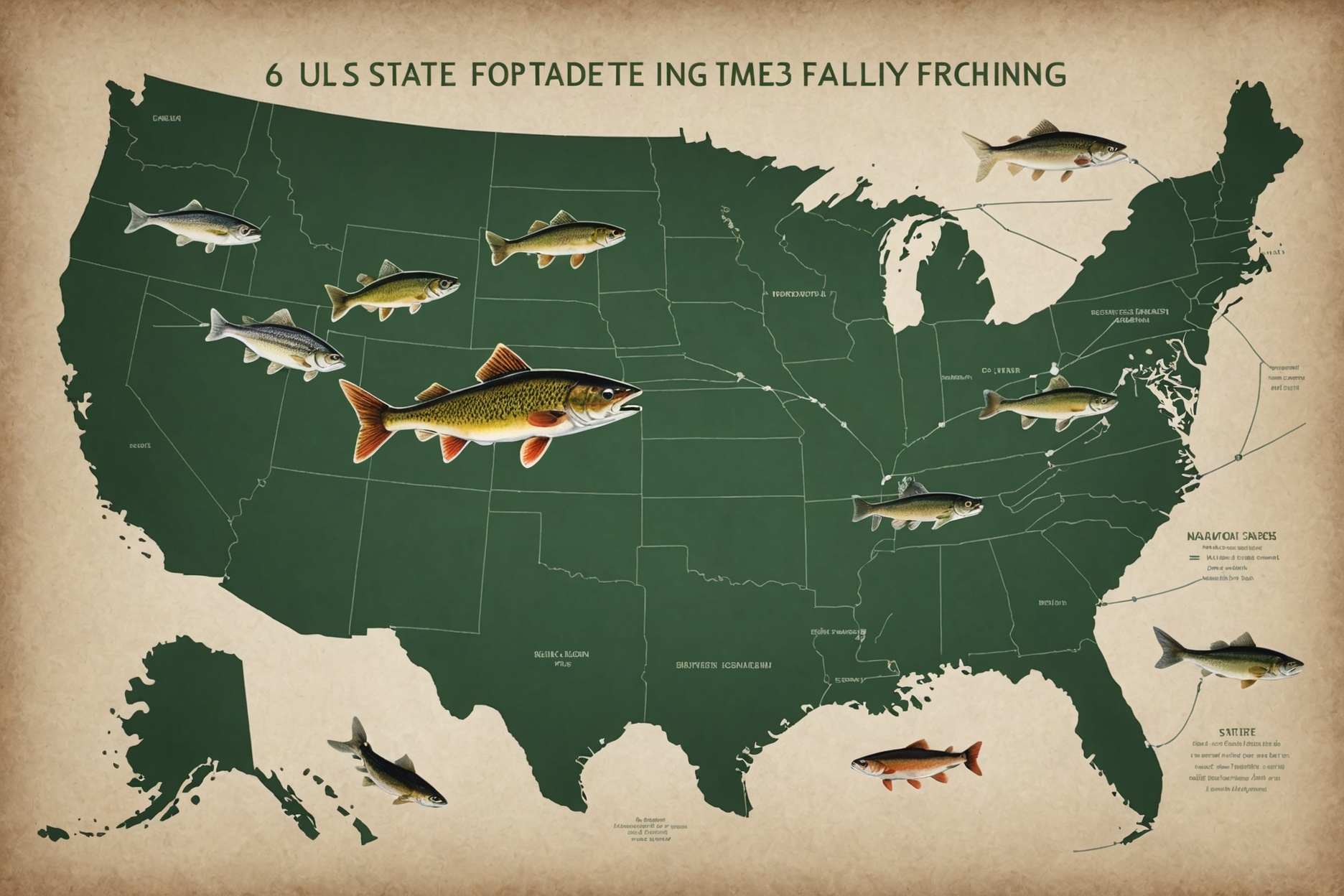5 State of the art Advancements in Computer generated Simulation

Computer generated Reality (VR) innovation has essentially advanced since its presentation, with its applications progressing quickly. From vivid gaming encounters to extraordinary purposes in medical services and schooling, VR is rethinking limits and setting out new open doors. This article investigates five imaginative headways in augmented experience that are impacting the fate of this unique innovation.
VR for Clinical Preparation and Treatment:
Computer generated Reality assumes a significant part in clinical preparation and treatment, permitting clinical understudies to rehearse medical procedures and methods in a protected, controlled climate, in this way improving their abilities prior to working with genuine patients. Moreover, VR is used in openness treatment to address fears and post-horrible pressure problems by giving a controlled setting to patients to face their feelings of dread.
Haptic Criticism and Tactile Inundation:
Haptic criticism innovation is changing VR encounters by conveying material vibes that reproduce genuine communications. Gadgets outfitted with sensors and actuators can recreate contact, tension, and even temperature varieties. This development further develops inundation, making virtual associations more similar and locking in.
VR for Compositional Representation:
Engineers and originators are tackling VR to make vivid structural walkthroughs and representations. This innovation empowers clients and partners to practically investigate and cooperate with 3D models of designs and spaces, offering a more clear comprehension of the last plan. Subsequently, it smoothes out the plan cycle and improves independent direction.
Social VR and Cooperative Stages:
Advancements in friendly VR are developing new method for associating and working together in virtual conditions. Clients can connect with companions, associates, or outsiders in shared spaces, making significant distance correspondence really captivating and individual. Cooperative stages permit groups to cooperate easily, whether conceptualizing, planning, or holding virtual gatherings.
Increased Reality (AR) Reconciliation:
The combination of AR and VR is widening the capability of the two advancements. AR overlays computerized components onto this present reality, while VR conveys vivid encounters in totally virtual conditions. This blend permits clients to change flawlessly among virtual and genuine settings, further developing applications across schooling, gaming, and modern preparation.
End:
The notable headways in computer generated simulation are changing the manner in which we experience and draw in with advanced content and the actual world. From clinical preparation and treatment to design perception and cooperative stages, VR is growing limits and revealing new open doors for innovativeness, learning, and correspondence. As innovation advances, we can expect much more progressive improvements in computer generated experience, upgrading our lives and reshaping ventures in uncommon ways.
VR for Clinical Preparation and Treatment:
Computer generated Reality assumes a significant part in clinical preparation and treatment, permitting clinical understudies to rehearse medical procedures and methods in a protected, controlled climate, in this way improving their abilities prior to working with genuine patients. Moreover, VR is used in openness treatment to address fears and post-horrible pressure problems by giving a controlled setting to patients to face their feelings of dread.
Haptic Criticism and Tactile Inundation:
Haptic criticism innovation is changing VR encounters by conveying material vibes that reproduce genuine communications. Gadgets outfitted with sensors and actuators can recreate contact, tension, and even temperature varieties. This development further develops inundation, making virtual associations more similar and locking in.
VR for Compositional Representation:
Engineers and originators are tackling VR to make vivid structural walkthroughs and representations. This innovation empowers clients and partners to practically investigate and cooperate with 3D models of designs and spaces, offering a more clear comprehension of the last plan. Subsequently, it smoothes out the plan cycle and improves independent direction.
Social VR and Cooperative Stages:
Advancements in friendly VR are developing new method for associating and working together in virtual conditions. Clients can connect with companions, associates, or outsiders in shared spaces, making significant distance correspondence really captivating and individual. Cooperative stages permit groups to cooperate easily, whether conceptualizing, planning, or holding virtual gatherings.
Increased Reality (AR) Reconciliation:
The combination of AR and VR is widening the capability of the two advancements. AR overlays computerized components onto this present reality, while VR conveys vivid encounters in totally virtual conditions. This blend permits clients to change flawlessly among virtual and genuine settings, further developing applications across schooling, gaming, and modern preparation.
End:
The notable headways in computer generated simulation are changing the manner in which we experience and draw in with advanced content and the actual world. From clinical preparation and treatment to design perception and cooperative stages, VR is growing limits and revealing new open doors for innovativeness, learning, and correspondence. As innovation advances, we can expect much more progressive improvements in computer generated experience, upgrading our lives and reshaping ventures in uncommon ways.
LATEST POSTS
Share this article
 The most effective method to Comprehend the Variables Affecting Medical attendant Pay rates
The most effective method to Comprehend the Variables Affecting Medical attendant Pay rates 5 Most Expected Film Delivery
5 Most Expected Film Delivery Instructions to Utilize Your Brain science Certification to Work on Corporate Culture
Instructions to Utilize Your Brain science Certification to Work on Corporate Culture 6 US States for Fly Fishing
6 US States for Fly Fishing 10 Work Valuable chances to Assist with supporting Your Advanced degree
10 Work Valuable chances to Assist with supporting Your Advanced degree Sound Propensities: 20 Methods for helping Your Insusceptible Framework
Sound Propensities: 20 Methods for helping Your Insusceptible Framework Audits of 6 European Busssiness Class Flights
Audits of 6 European Busssiness Class Flights The 15 Best Business visionaries Under 40
The 15 Best Business visionaries Under 40 Liste des pr\u00eats qui ne n\u00e9cessitent pas de remboursement
Liste des pr\u00eats qui ne n\u00e9cessitent pas de remboursement












